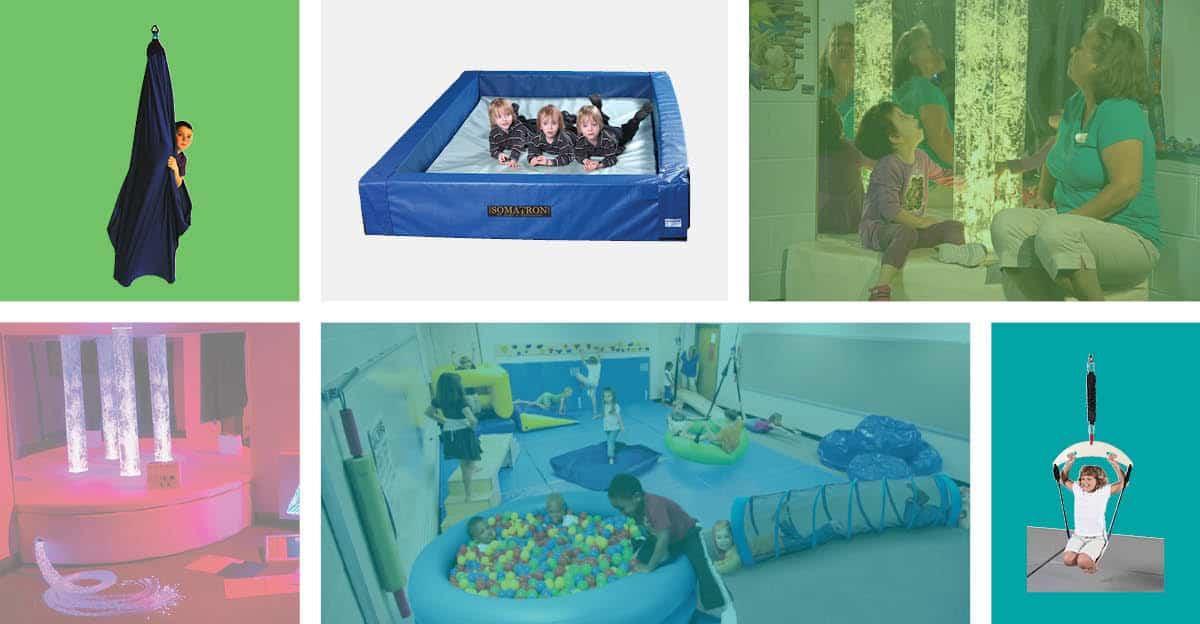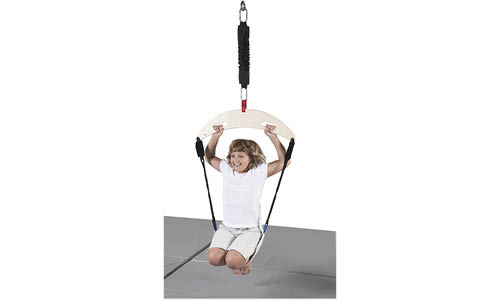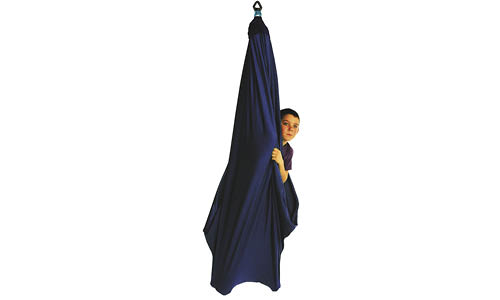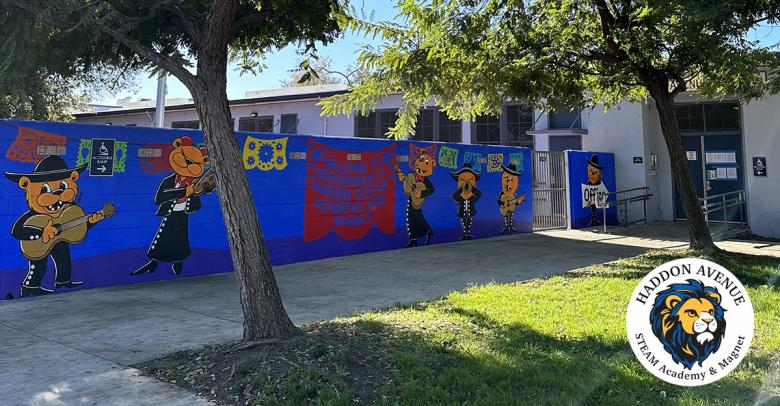Sensory Rooms can mean different things to different professionals and the children or students that will be using the rooms. Consider these four different specialized environments you can create to support students’ needs.
Read More: Creating a Classroom Discovery Sensory Space
Gross Motor or Sensorimotor Room
For some, a Sensory Room means a gross motor or sensorimotor room. This is a space where children are encouraged to move, play, and explore using a variety of sensory activities. At SSI/Abilitations we call these “Wiggle Rooms” to help denote the concept that these are active movement spaces.
These are often used by Early Childhood and Early Elementary environments when movement and play may be an integral part of learning and development.
Sensory Integration Treatment Room
Sometimes a Sensory Room can mean Sensory Integration Treatment Room. These often are custom designed clinic spaces used for Occupational and/or Physical Therapy. An SI room typically incorporates multiple ceiling suspension points for various swing options and configurations as well as padded wall/mat areas for “crashing/bashing” activities for intense proprioceptive/deep touch pressure input.
Specific treatment protocols are designed to be child directed but facilitated and monitored directly by an OT or PT trained in this specialty practice area.
Multi-Sensory Environment
Multi-Sensory Environments or MSE’s are another option. MSE’s are specifically designed venue that brings together controlled sensory equipment such as bubble tubes, fiber optics, vibro-acoustic lounge furniture and other sound/light options.
Goals of the room may vary but are often used for relaxation/calming as well as promoting cognitive and social emotional learning through interaction with the various sensory pieces to work on cause/effect, turn taking, self- regulation and other skills.
Read More: Where Should a Multi-Sensory Environment Live in Your School?
Hybrid Sensory Rooms
In schools, there appears to be a growing trend for using a hybrid of sensory motor and multi -sensory pieces to create custom options under various titles including Sensory Room, Quiet Space, Chill Zone, Zone Space, Mindfulness Room and other nicknames.
No matter the title, these rooms are designed to promote calm, help process sensory input, and focus on the present. When incorporated daily into a student’s schedule as part of a good sensory diet, these spaces may often reduce the need for timeout or other effects of negative behaviors. Allowing for 15-20 minute “sensory time in” 1-3x/day may be the just right break a student needs to prevent a meltdown and/or help maintain focus and attention.
More Help & Ideas for Creating the Right Sensory Room
We offer a variety of solutions to create a safe, engaging Sensory Room or space. For more information check out the Multisensory Environments page to download a free room setup guide or to shop sensory solutions & products.
Read More: Must-Haves for Creating a Calming Classroom Sensory Space
Cecilia Cruse
Cecilia Cruse, MS, OTR/L has a BS degree in Occupational Therapy from the University of Florida, and her Master’s degree in Education from Georgia State University. She is SIPT certified and has over 25 years’ experience in pediatrics with school-based services, acute care, and outpatient pediatric settings.
Read more posts by Cecilia Cruse–>









[…] a quiet space to regroup, which might help students manage their responses to stress or anxiety. A sensorimotor space, or “wiggle room,” provides opportunities for movement, tactile input, and deep touch pressure. […]